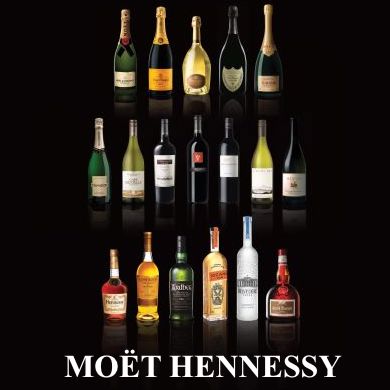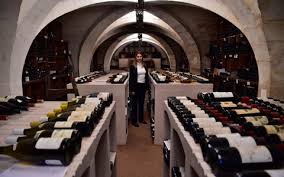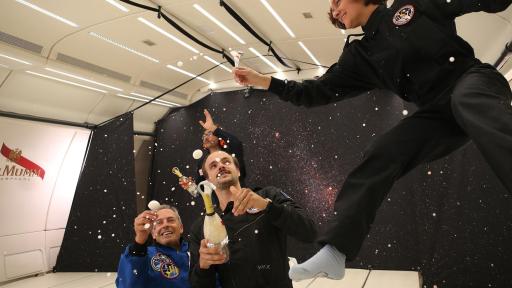Moët Hennessy Canada announced today the launch of the Luxury Discovery Suite, the first dedicated luxury champagnes, wines, and spirits shopping pop-up experience of its kind. Created in collaboration with the LCBO, this exceptional pop-up experience will be located at the Summerhill location from November 14th to December 8th, 2018.
Accessible to LCBO customers, the Luxury Discovery Suite is a lifestyle destination offering guests an exceptional experience with some of the most prestigious products offered at the LCBO. From everyday essentials to exceptional gifts, customers will discover everything they need to know about entertaining ahead of the busy holiday season with free tastings and exclusive dinners hosted by Moët Hennessy leadership.
“At Moët Hennessy we are always looking for ways to offer our customers exciting and exclusive experiences,” says Alexis de Calonne, Managing Director, Moët Hennessy Canada. “There is something very special about entertaining during the holiday season. We are thrilled to launch the first Luxury Discovery Suite with the LCBO to bring the magic of our brands to customers.”
“We are excited to partner with Moët Hennessy on this exclusive retail partnership,” says Carolyn O’Grady Gold, Vice President, Merchandising, LCBO. “These iconic global brands are perfect to help our customers create memorable moments this holiday season.”
The Luxury Discovery Suite will open to the public on Wednesday, November 14th and run until Friday, December 8th, 2018. Customers can sign up for exclusive brand tastings and purchase tickets for dinners with House representatives by visiting www.lcbo.com/LDS. Space is limited.
SCHEDULE
November 15th: Hennessy dinner hosted by Bernard Peillon, President Hennessy Cognac
November 22nd: Glenmorangie dinner hosted by Ruaraidh MacIntyre, Brand Manager
November 30th: Estates & Wines dinner hosted by Margareth Henriquez, President Estates & Wines
December 5th: Dom Pérignon dinner hosted by Alexis de Calonne, General Manager, Moët Hennessy Canada.
COMPLIMENTARY TASTING SCHEDULE
November 14th: Moët & Chandon
November 17th: Estates & Wines – Cloudy Bay
November 21st: Glenmorangie Extra-Mature Range
November 24th: Glenmorangie 18-Year-Old and Glenmorangie Signet
November 28th: Veuve Clicquot
December 1st: Ruinart Champagne
December 6th: Hennessy VSOP
December 7th: Hennessy XO
PAID TASTING SCHEDULE
November 14-18: Moët & Chandon MCIII / Paradis Imperial / Hennessy XO / VSOP / Belvedere
November 19-25: Krug Grand Cuvée 166ème Edition / Glenmorangie Signet / Quinta Ruban / Nectar’dor / Lasanta / 18 year old
November 26-2: Veuve Clicquot La Grande Dame / Veuve Clicquot Extra Brut Extra Old / Ardbeg Corryvrecken / Ardbeg Uigeadal
December 3-8 Dom Pérignon / Dom Pérignon P2 / Hennessy Master Blender Edition #3 / Hennessy VSOP / Hennessy 200 year old





